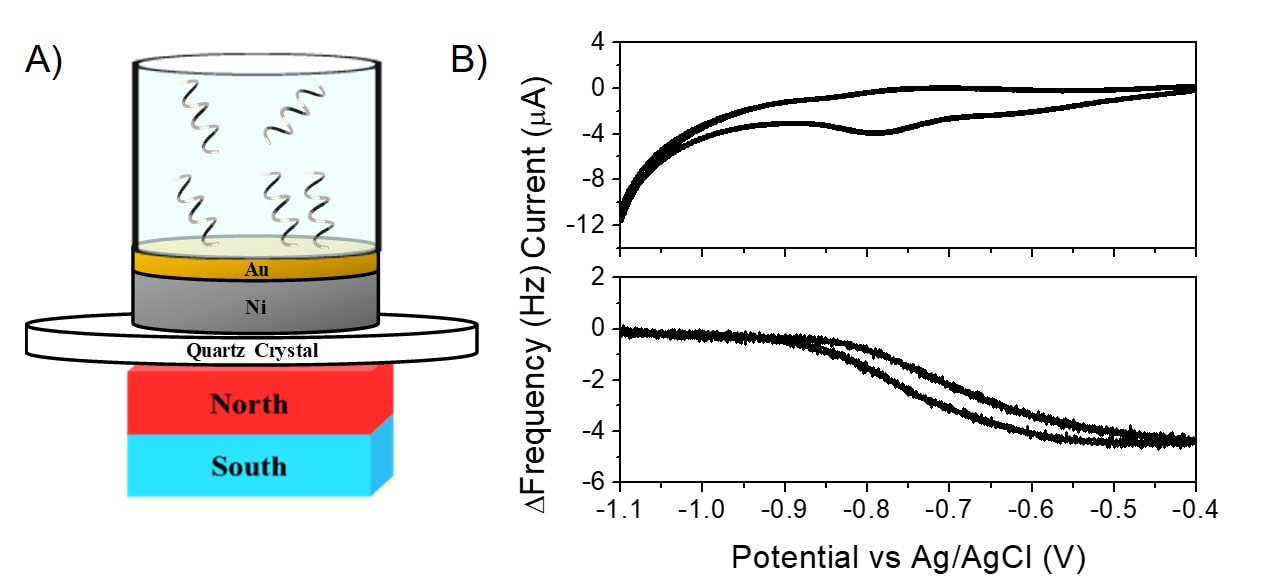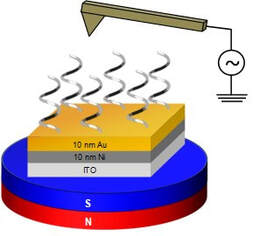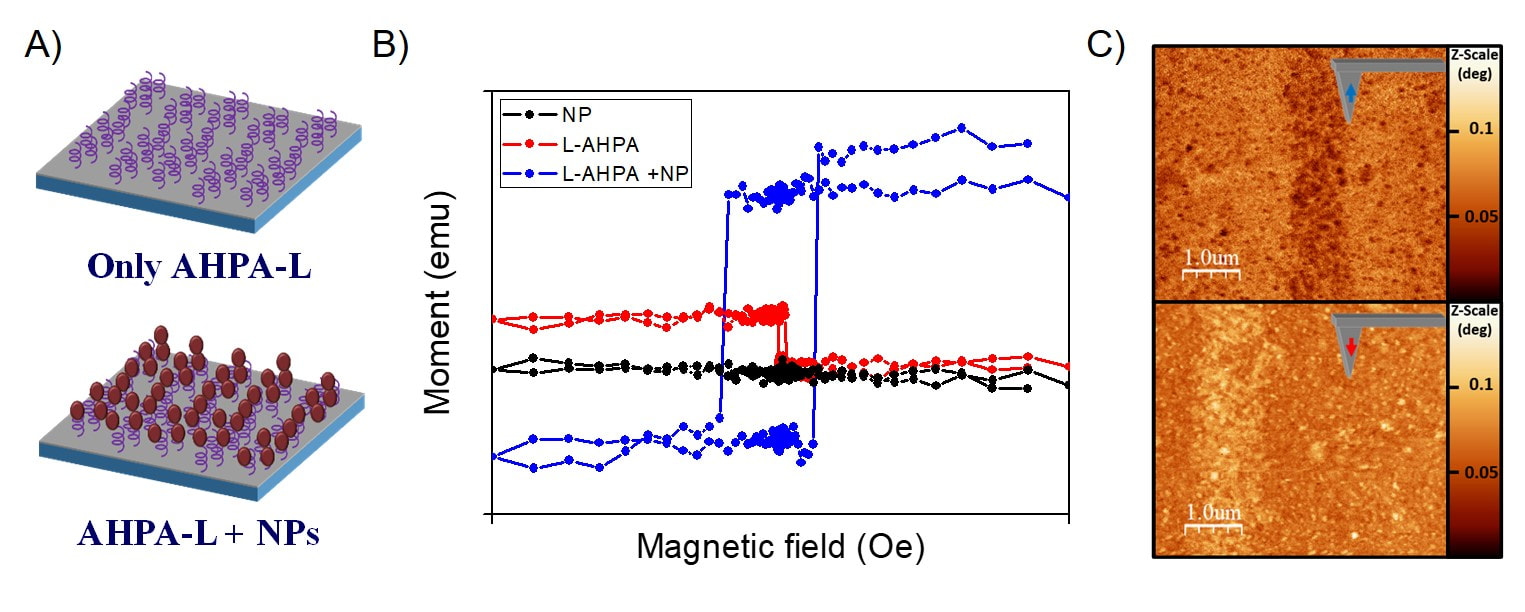Fundamental Studies of the CISS Effect
Group Members: Brian Bloom, Caleb Clever, Supriya Ghosh, Shangyu Qian, Jimeng Wei
Collaborators: Ron Naaman (Weizmann Institute, Israel), Yosi Paltiel (Hebrew University, Israel)
A thorough understanding of the properties that affect the chiral induced spin selectivity effect is important for realizing its true potential. We are studying spin-mediated processes of chiral materials and the tantalizing phenomena that manifest. Our work is leading to technological breakthroughs in the separation of enantiomers and the miniaturization of ferromagnets.
Collaborators: Ron Naaman (Weizmann Institute, Israel), Yosi Paltiel (Hebrew University, Israel)
A thorough understanding of the properties that affect the chiral induced spin selectivity effect is important for realizing its true potential. We are studying spin-mediated processes of chiral materials and the tantalizing phenomena that manifest. Our work is leading to technological breakthroughs in the separation of enantiomers and the miniaturization of ferromagnets.




